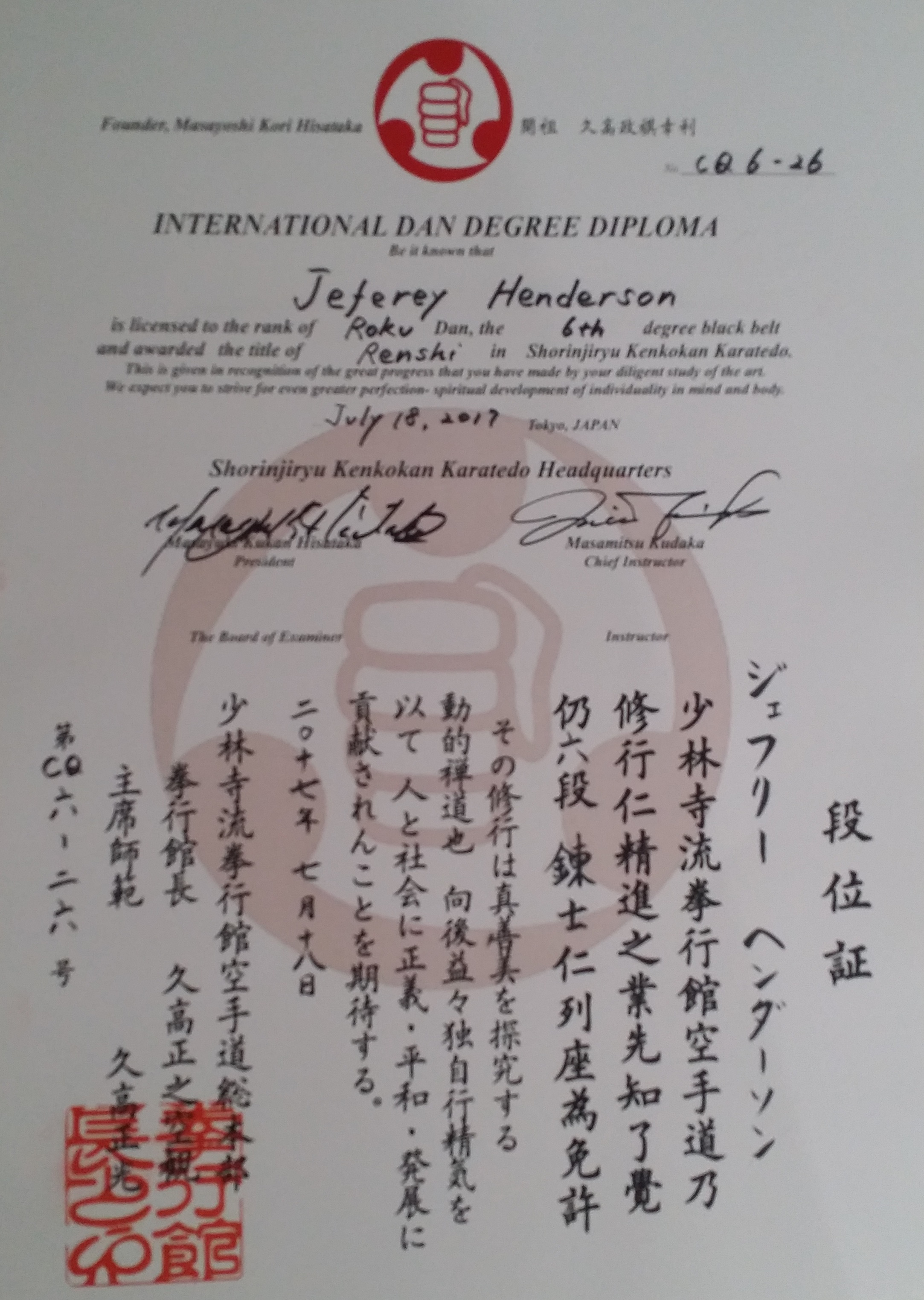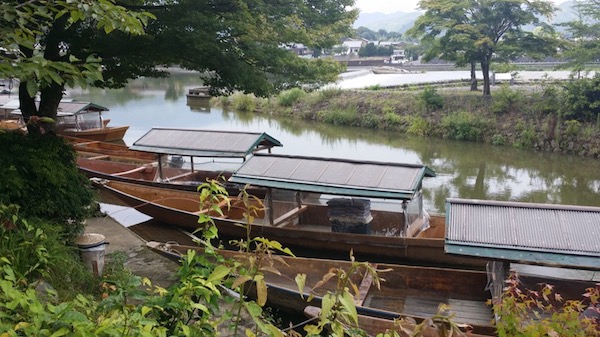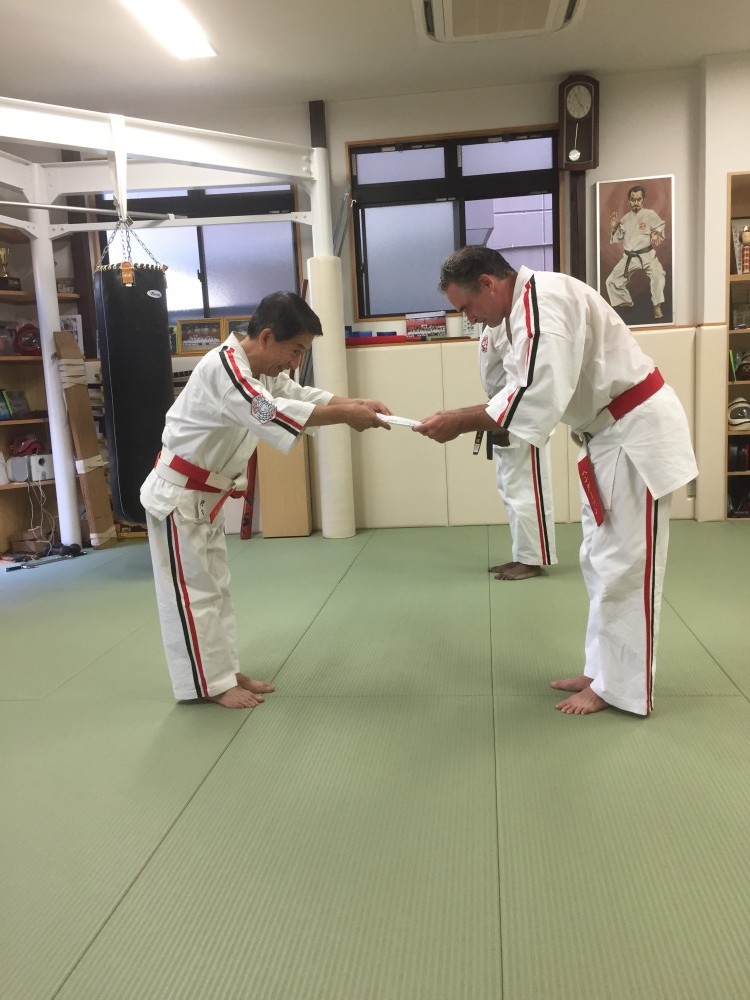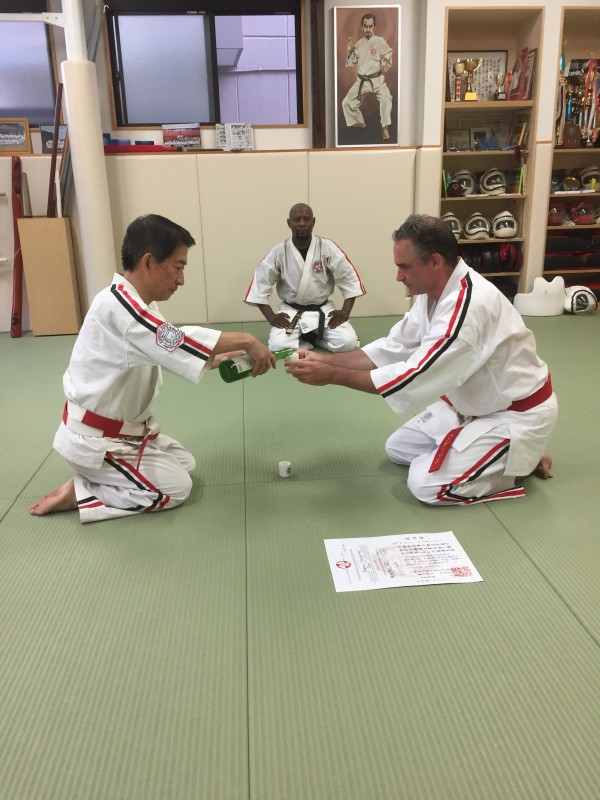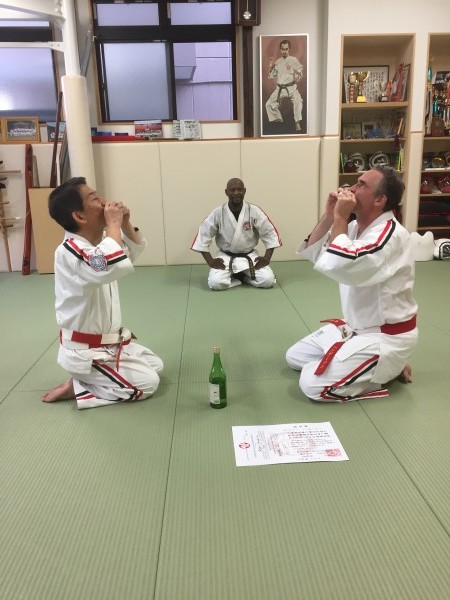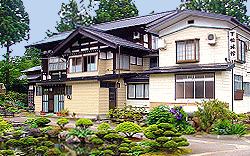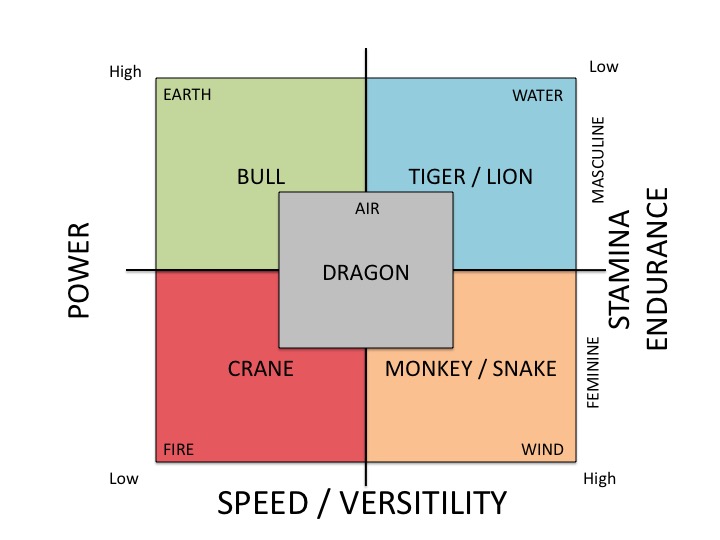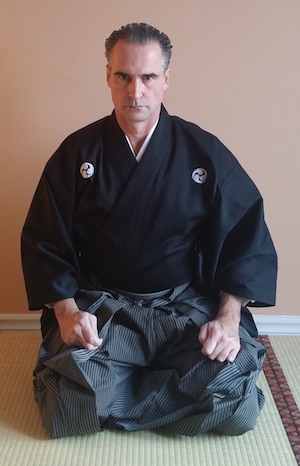 It is with great honor that The International Budo Institute Announce that Shihan Dr. Jeffrey Henderson was awarded 6th Dan in Shorinjiryu Kenkokan Karatedo from So Shihan Masayuki Kudaka at the London International Koshiki Tournament held in London, Ontario in July, 2017. Shihan Henderson was presented along with Shihan Paul Jackman of Ken Nin Kai, the host of the tournament.
It is with great honor that The International Budo Institute Announce that Shihan Dr. Jeffrey Henderson was awarded 6th Dan in Shorinjiryu Kenkokan Karatedo from So Shihan Masayuki Kudaka at the London International Koshiki Tournament held in London, Ontario in July, 2017. Shihan Henderson was presented along with Shihan Paul Jackman of Ken Nin Kai, the host of the tournament.
